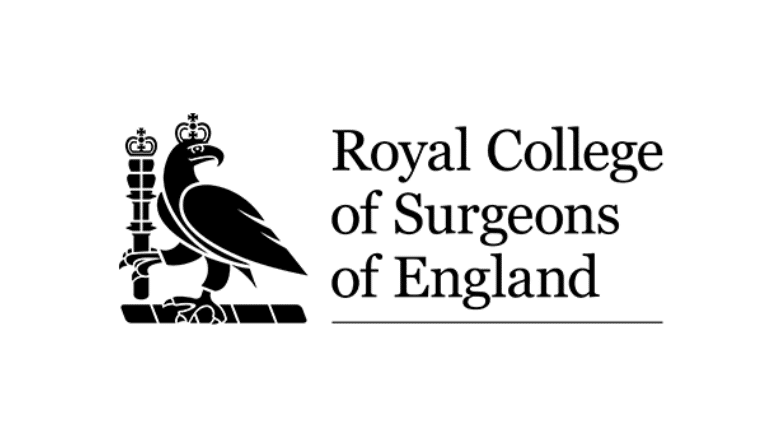Table of Contents

Do you want to improve your confidence and self-esteem? Do you want to look more youthful? Why not consider a facelift?
What is a facelift?
Also known as a rhytidectomy or rhytidoplasty, a facelift involves the combination of several procedures that work to make the face look tighter and more youthful. The procedure tightens loose skin, reduces the appearance of wrinkles, and repositions facial fat so it appears more aesthetically pleasing.
There are numerous types of facelifts you can undertake, which include:
- Full facelift: this is the traditional facelift, which will lift excess skin on the face and jaw.
- A mid facelift: focuses on the upper section of the face, particularly the eyelids and cheeks. This is often combined with a mini facelift.
- Mini facelift: focuses on the lower third of the face, tightening the cheeks, jowls and neck.
How do you know which procedure is right for you? This is mainly determined by knowing your desired outcome, and how much change you are wanting. Surgeons will also look at the neck area. A mini facelift is more suitable for those who have minimal issues in the neck. However, if you are wanting the most change, then a facelift is the surgery for you.
What happens during facelift surgery?
The facelift surgery is performed using twilight anaesthesia.
Incisions are performed in front of the ears, in the temple region and behind the ears. The skin is carefully raised from the lower face and neck area, followed by liposuction and fat grafting as required. Finally, excess skin is carefully removed, and the skin is sutured back together.
Because incisions are carefully placed within the natural folds found in front, inside and behind the ear, and the finest sutures are used, the scars fade to whitish lines. This type of surgery produces a natural, long-lasting effect with very little post-operative discomfort.
Sometimes extra procedures are performed, such as blepharoplasty. The eyelid surgery will be done once the facelift part of the surgery is completed. Extra recovery instructions will be given to you if you have eyelid surgery.
Recovery after facelift
As a result of the local anaesthetic, you may experience some short-term headaches or nausea directly after the surgery.
You will be required to wear a soft dressing tape on the face for the first few days – your surgeon will recommend the right amount of time for you. After this time period, you will be able to remove the dressing and replace it with an elastic covering. This works to contain and reduce swelling. After the first few days, you may also have a follow-up within the first few days.
What to expect after a facelift
During the recovery period, you may experience some pain or discomfort in the face. Your surgeon will be able to recommend appropriate pain medication for you to take.
You will notice some swelling for the first 24 to 48 hours after surgery and may notice some areas of bruising. This is a normal side effect of a facelift. These symptoms generally last two weeks or so. Cold compression to the face will help to reduce both bruising and swelling.
Should I get a facelift?
A facelift is ideal for patients who are in their 40s to 60s. However, it has been successfully performed on patients in their 70s and 80s. A facelift is ideal for those who want to boost their self-esteem and confidence and want to have a more youthful look. Those with sagging skin in the mid-face, neck and jowls and deep creases below the eyelids and around the nose will benefit from a facelift. The patient must be in good health prior to the surgery, as this will help with the recovery process.
Interested in a facelift? Contact Centre for Surgery to get more information or book a consultation.









